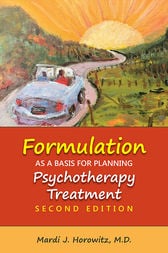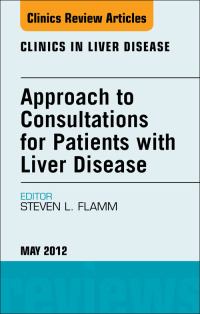
Product Title: Formulation as a Basis for Planning Psychotherapy Treatment (2nd ed.) (Original PDF from Publisher)
Format:
Publisher PDF, File Size = 2.20 MB
Overview (Details, Topics and Speakers):
Formulation as a Basis for Planning Psychotherapy Treatment utilizes a step-by-step structure and copious case illustrations to teach psychiatrists, residents in psychiatry and psychology, social workers, and marriage and family counselors how to plan treatment after the initial diagnosis. This new edition arrives two decades after the first, with revised content, updated case studies, and new insights gleaned over the author’s noteworthy career. Clinical formulation, also known as case formulation and problem formulation, is a theoretically-based explanation or conceptualization of the information obtained from a clinical assessment. Although formulation systems vary by different schools of psychotherapy, the author has adopted and here explores a systematic approach based on an integrative effort. This system of configurational analysis combines concepts derived from psychodynamic, interpersonal, cognitive-behavioral, and family system approaches.
After an overview of psychological change processes, each of the five steps of configurational analysis is covered systematically: Step one involves selecting and describing the patient’s currently most important symptoms, signs, problems, and topics of concern. For example, symptoms may consist of trouble sleeping or feelings of depression; signs may include discordant verbal and physical expression; problems may include reluctance to go to work or care for family members; and topics of concern might be unresolved grief the patient feels helpless to process without assistance. Since both patient and therapist want to know if these observable phenomena are changing, this list is modified as treatment progresses. Step two entails describing states in which the patterns of phenomena do and do not occur, with attention to patterns of shifts in states, especially maladaptive state cycles. The therapist is taught how to aggregate and organize this information by describing states of mind — for example, undermodulated (e.g., unthinking rage) or overmodulated (e.g., numbness and lack of affect). Step three involves describing the challenging topics that patients may both approach and avoid because they are conflicted or unresolved, as well as the obstacles patients may create to divert attention from those topics. For example, patients may avoid a topic or shift attention from it by changing the subject and so forth. Step four entails describing the organizing roles, beliefs, and scripts of expression and action that seem to organize repetitions in each state, with an effort made to identify dysfunctional attitudes and how these may have evolved from past attachments and traumas. Finally, step five involves figuring out how to stabilize working states by enhancing the therapeutic alliance and helping the patient contain and master emotional attitudes. At this point, the clinician plans how to counteract avoidances by direction of attention and promotes adaptive social cognitive capacities.
From surface observation to deeper inferences, Formulation as a Basis for Planning Psychotherapy Treatment transcends DSM diagnoses, helping clinicians to use information gleaned in the immediacy of the moment to make sound, sensitive, and effective psychotherapeutic decisions.
Product Details
- Publisher: American Psychiatric Publishing; November 28, 2018
- Language: English
- ISBN: 978-1615372188
- ISBN: 9781615372188
- eText ISBN: 9781615372447
Delivery Method
the Formulation as a Basis for Planning Psychotherapy Treatment (2nd ed.) (Original PDF from Publisher) course/book will be provided for customer as download link. download link has NO Expiry and can be used anytime.
Contact Us
contact us to our email at [email protected] or fill in the form below:





Reviews
There are no reviews yet.